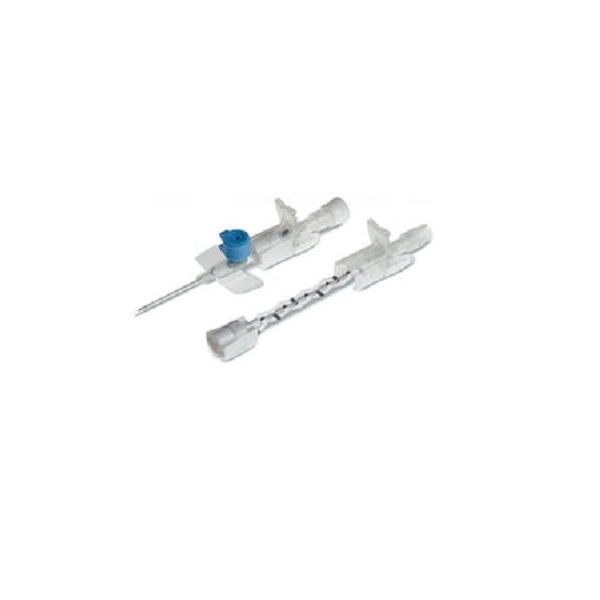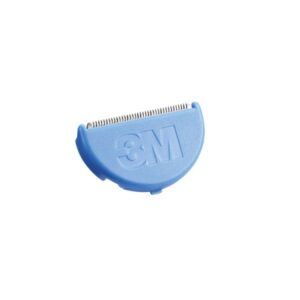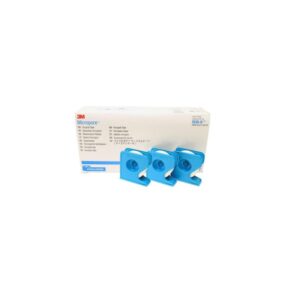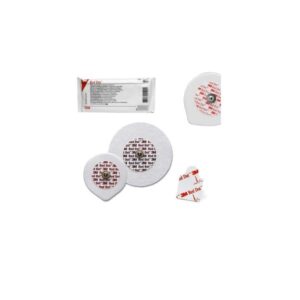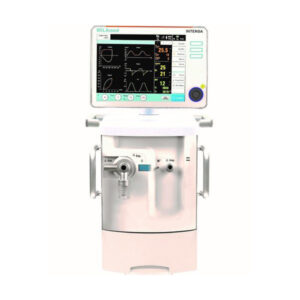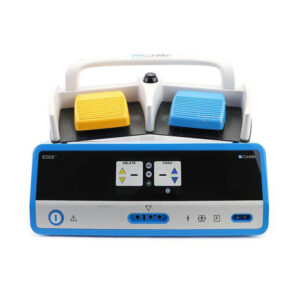Becton Dickinson BD Venflon Pro Safety IV Cannula
MPIN: MP89368
Sign in to view priceSize: 14/16/18/20G
Box of 50
Safety Shielded IV Catheter
Fully Encapsulates Needle Tip
Ask for Quote
– BD Venflon Pro Safety IV Cannula has been developed to minimise the risk of unanticipated blood splash and needlestick injuries
– The IV cannula offers robust needle tip protection and encapsulates the entire tip of the needle
– This cannula offers ease of penetration (small or fragile veins)
– The IV cannulas are available in the gauge sizes of 14/16/18/20G and needle lengths of 25/32/45 mm
– They come in a standard packing of 50 units per box
– Intravenous (IV) cannulation is a process in which a cannula is placed inside a vein to provide access for multiple actions such as blood sampling, administration of fluids, medication, parenteral nutrition, chemotherapy for cancer drugs and various other blood products. Complications such as hematoma, infiltration, embolism and phlebitis may occur during cannulation and healthcare providers should take precautions for the same.
– A needle is inserted through the skin of the patient into one of the veins. The needle is later removed, leaving just a tiny, thin, flexible tube inside your vein. The IV cannula is safely taped into place with the use of medical tapes. The IV cannula should not hurt when it is in place, and can be left in place for several days.
– IV cannulas are available in different gauge sizes and in general the smallest gauge should be used to effectively administer the fluid. This ensures that there is limited trauma to the vein. In case of emergencies, the larger sizes can be used for greater flow rates can be maintained for required fluids. The 2 way IV cannulas and 3 way IV cannulas are available with or without injection ports
– IV cannulas are used to perform the following functions:
– Regular blood sampling
– Monitoring and administration of intra venous fluids
– Administration of chemotherapy drugs through the IV route
– Channel for IV nutrition and IV control of radiologic agents such as those used in magnetic resonance imaging (MRI)
– CT scans (computed tomography) and nuclear imaging
– The cannula will be removed after your treatment ends. It is recommended to replace the cannula if it is not working properly. It should be replaced routinely if still in use every 72 hours.
Shipping Policy
Orders made at Medpick are initiated and processed for shipment upon receipt of request from the customer. Please note that our Shipping Services (Fee, Transportation, Loss or Damage of any shipment, etc.) are in accordance with the Seller\'s terms of Shipment.
Refund Policy
Please refer to Medpick Return Policy.
Cancellation / Return / Exchange Policy
Please refer to Medpick Return Policy.
 REGISTER
REGISTER
 SIGN IN
SIGN IN

